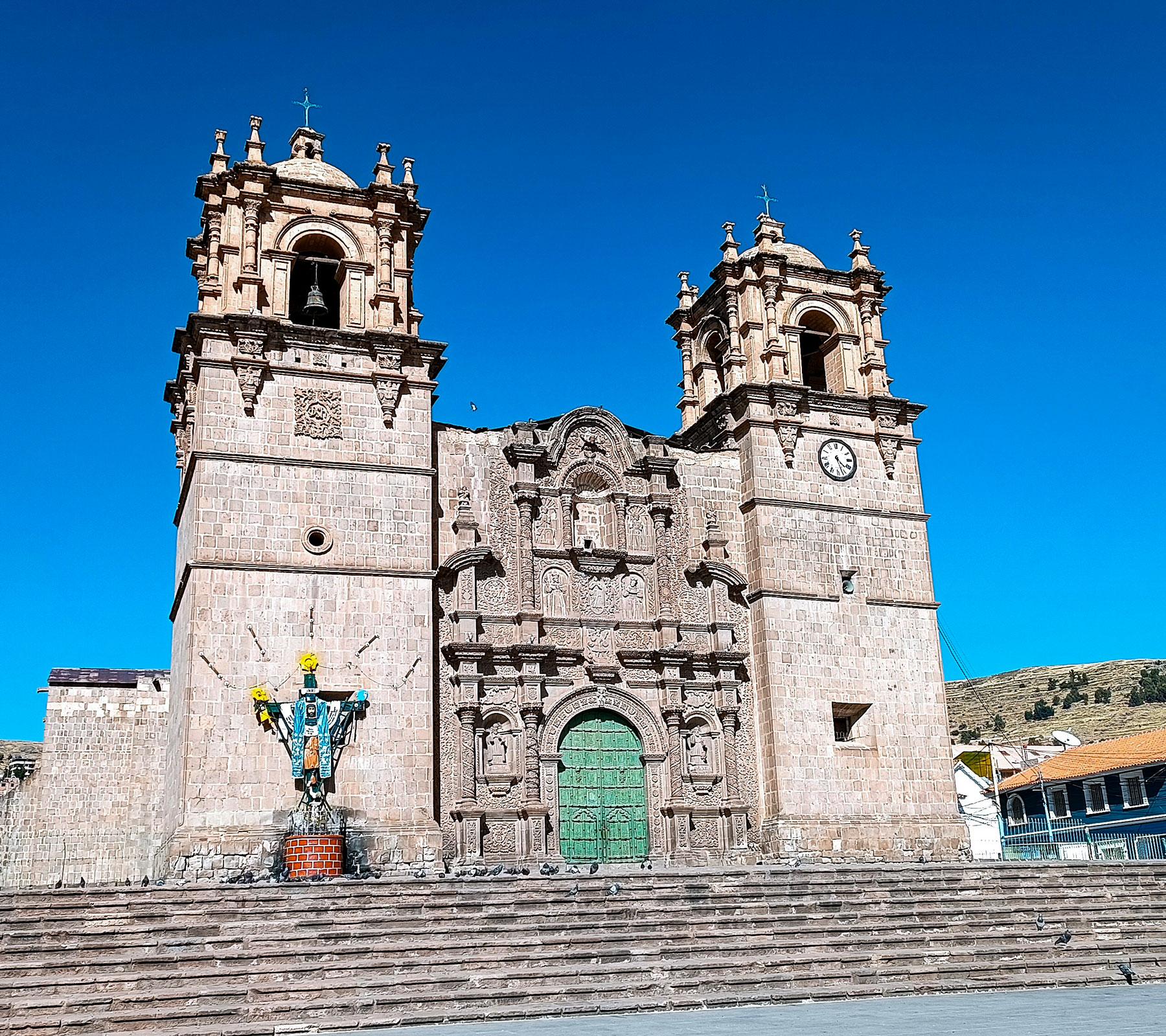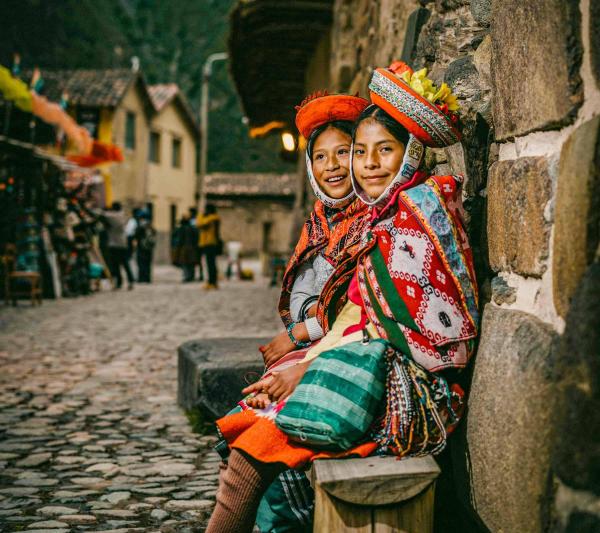Puno Peru
Puno, a vibrant city perched on the shores of Lake Titicaca, the world's highest navigable lake, is a destination rich in history and culture. Known as the "Folklore Capital of Peru," Puno is celebrated for its vibrant traditions, including over 300 traditional dances. The "Caporales" and "Diablada" are among the most famous, especially during the "Fiesta de la Virgen de la Candelaria," an annual celebration in February that draws countless visitors eager to witness these captivating performances.
Situated at an altitude of around 4,000 meters above sea level, Puno sits on the cold, yet beautiful, Andean plateau. This region was once home to the ancient Tiahuanaco civilization, known for its impressive stone carvings, including the famous Sun Gate, a relic of a once-powerful culture.
As a key tourist hub near Lake Titicaca, Puno boasts a cityscape characterized by adobe buildings with metal rooftops. The city center, though compact, is lively, with Jirón Lima being the heart of its nightlife, offering a mix of restaurants and music venues. The Main Square, constructed in 1747 by Simón de Asta, is another highlight, offering a glimpse into the city’s colonial past.
Puno's significance grew during the Spanish colonial era, particularly due to the wealth generated from the Laykakota silver mines. Later, Puno, alongside Arequipa, became a major center for Alpaca textiles, a tradition that continues to this day. Surrounding the lake and city are several intriguing sites, such as the archaeological site of Sillustani, located just 30 minutes away. Sillustani is renowned for its "chullpas," large, cylindrical stone tombs that once housed the remains of the Colla nobility.
To the south of the lake lie the towns of Chucuito and Pomata, known for their impressive Renaissance-Baroque churches. On the northern route, you'll find Juliaca, the region's main city and home to its only airport. Torre Avenue in Puno is notable for its railway and bustling fruit market, while bicycles are the preferred mode of transportation, often doubling as taxis.
Visitors flock to Puno’s port on Titicaca Avenue to embark on boat tours to the famous floating islands of the Uros, as well as the islands of Taquile and Amantaní. These islands offer unique cultural experiences, from the Uros' totora reed islands and boats to Taquile’s rich textile heritage and Amantaní’s stunning natural viewpoints, which provide breathtaking vistas of pre-Hispanic temples and the surrounding landscape.
Other notable sites include the Cutimbo archaeological site, a pre-Hispanic cemetery once occupied by the Lupaca and Colla peoples, and the Titicaca National Reserve, which safeguards the lake’s diverse ecosystem, including the totora reed marshes and various endemic species.
Whether you’re captivated by the traditional dances, the serene beauty of the lake, or the ancient archaeological wonders, Puno offers a rich tapestry of experiences that are sure to leave a lasting impression. Don’t miss out on visiting nearby towns like Lampa and Azángaro, where hidden treasures await in their historic temples.
Where is located Puno Peru?
Puno is located in southeastern Peru, along the shores of Lake Titicaca, the world’s highest navigable lake.
Altitude of Puno
The Puno city sits at an altitude of approximately 3,827 meters (12,556 feet) above sea level, nestled in the Andean highlands. This elevation gives Puno a unique climate and landscape, characterized by cold, crisp air and stunning views of the surrounding mountains and lake.
Highlights of Puno:
Lake Titicaca: Puno is the gateway to Lake Titicaca, the highest navigable lake in the world, known for its deep blue waters and cultural significance. The lake is home to the famous floating islands of the Uros, as well as the islands of Taquile and Amantaní, where visitors can experience traditional Andean culture.
Festivals and Dances: Puno is celebrated as the "Folklore Capital of Peru," hosting vibrant festivals throughout the year. The most famous is the "Fiesta de la Virgen de la Candelaria," held every February, where thousands of dancers and musicians fill the streets in a display of traditional Andean culture.
Archaeological Sites: Puno is surrounded by significant archaeological sites, including Sillustani, known for its "chullpas" or ancient funerary towers, and Cutimbo, a pre-Hispanic cemetery with impressive stone structures.
Colonial Architecture: The city’s historical center features colonial-era buildings, such as the Puno Cathedral, built in 1757, and the Main Square (Plaza de Armas), offering a glimpse into the city’s rich history.
Textiles and Handicrafts: Puno is a major center for Alpaca textiles, with local markets offering a wide array of handwoven goods. The region's artisans are renowned for their intricate embroidery and weaving techniques, which have been passed down through generations.
Titicaca National Reserve: This protected area around Lake Titicaca is home to a diverse array of flora and fauna, including many species that are endemic to the region. The reserve plays a crucial role in preserving the natural environment of the lake and its surroundings.
Puno’s high-altitude location, rich cultural heritage, and stunning natural landscapes make it a must-visit destination for travelers exploring Peru





